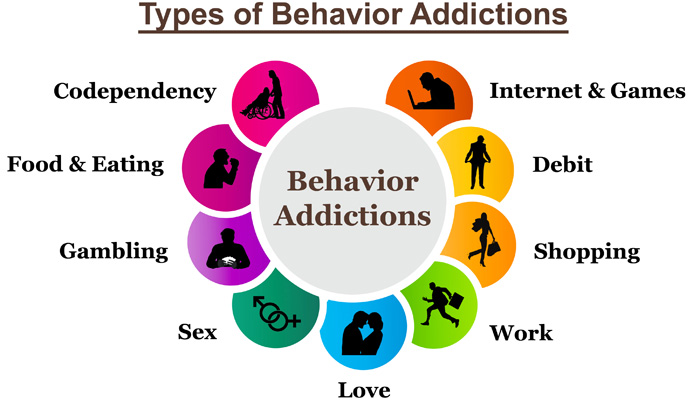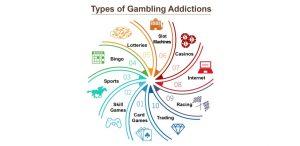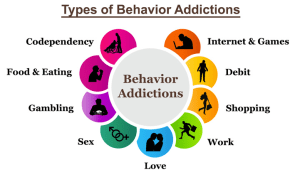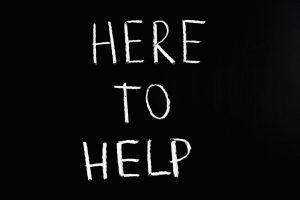
Stop & Detox
What to Know
The effects of withdrawal on your body and mind can be uncomfortable and dangerous. That’s where detox comes in.
What Is Detox?
Detox alone isn’t treatment, but it’s the first step to getting better for people who are dependent on addictions.
When someone with a dependence on addiction suddenly stops using, usually within 6-24 hours after their last contact, they might develop withdrawal symptoms. This can start while they still have a substance in their blood.
Withdrawal symptoms are mild for some but much more serious for others. You may have:
- Anxiety
- Delirium tremens (DTs), a life-threatening issue that can make you restless, upset, and confused and cause fever, hallucinations, and seizures
- Depression
- Hallucinations, when you see or hear things that aren’t there
- Problems sleeping
- Shakiness, especially in your hands
- Unstable changes in blood pressure and heart rate
Do I Need a Detox Program?
If you need something for your body to feel normal, then you likely need help. Getting through detox isn’t just a matter of willpower, and stopping “cold turkey” without at least medical help is never recommended. In some cases, withdrawal can put your life at risk. Even when it’s not as serious, it’s still a big challenge.
A program gives you support to guide you through the withdrawal. That often includes medicine to help ease symptoms as well as care for medical and mental health conditions.
Your symptoms may last a week or more, typically hitting their worst within 24-72 hours. You’re more likely to stick with a detox program when you have lots of help.
What Happens During Detox?
Usually, you can expect a detox program to include these basic things:
- An intake exam so the detox team can see what kind of support you’ll need. You may get blood work, talk about your health and drinking history, and have tests to check your physical and mental health.
- Detox support, which may include medicine for withdrawal symptoms and care for other issues that come up. The goal is to help you get mentally and physically stable. You may have your temperature, blood pressure, heart rate, and breathing checked regularly during this process.
- Help getting into treatment so you can learn to break your addiction.
Types of Programs
When you think about detox programs, it helps to look a step ahead to rehab. That’s because you’ll also need treatment to break your addiction, and some programs combine the two.
Your two basic options for detox programs are:
Inpatient, where you live at a hospital, detox clinic, or rehab center during the process. You’ll have care around the clock to help you through.
Outpatient, where you get some treatment during the day but live at home. This might be as simple as visiting your health care professional regularly to get meds.
Inpatient usually offers more services, but it tends to cost more. Outpatient is a less-expensive option that’s generally safe and effective for people with mild or moderate alcohol withdrawal. It works best if your physical and mental health is good, your home is stable, you have support at home, and you don’t have a long history of problem drinking.
Rehab programs can include a range of services from medical care and counseling to life skills training and help preventing a relapse.
Inpatient treatment at a hospital or medical center isn’t as common as it used to be, but these programs make sense if you have serious medical or mental health issues.
Residential rehab, where you live at a center, usually runs for 1-3 months. These are good if you have a more serious problem and struggle to stay sober.
If you aren’t a danger to yourself or others, and you can stay sober when you go home, other types of rehab may be a better fit for you.
Partial hospitalization or day treatment is where you live at home but you go for treatment at a hospital or clinic at least 5 days a week. It can be an alternative to inpatient or residential treatment or a step-down from one of those programs.
Intensive outpatient treatment involves a scheduled series of visits that are longer and more in-depth than a traditional outpatient program. You may do this after partial hospitalization, detox, or residential rehab. It can also be a way to prevent the need for those services.
How to Choose a Program
Start with a list of your needs. For example, if you have a medical or mental health condition, you’ll want services for that. Or if you’ve struggled for years and don’t have a strong support network, an inpatient program might make sense.
From there, you can look at quality and cost. Ideally, you want to find a program you can afford that has licensed, trained staff and a high success rate.
You might want to make a list of questions to ask different programs, such as:
- What types of plans do you offer?
- How is your staff trained? Are they licensed?
- Can you send me a sample treatment plan?
- Do you offer counseling and medical services?
- How do you help prevent a relapse?
- Is there aftercare when I’m done with the program?
- Follow-up Care
- Once you get back into the swing of your normal life, it might be easy to relapse and start using again. So you’ll likely want follow-up care for at least a year. You have lots of options, including 12-step programs, private therapy, and group counseling.



